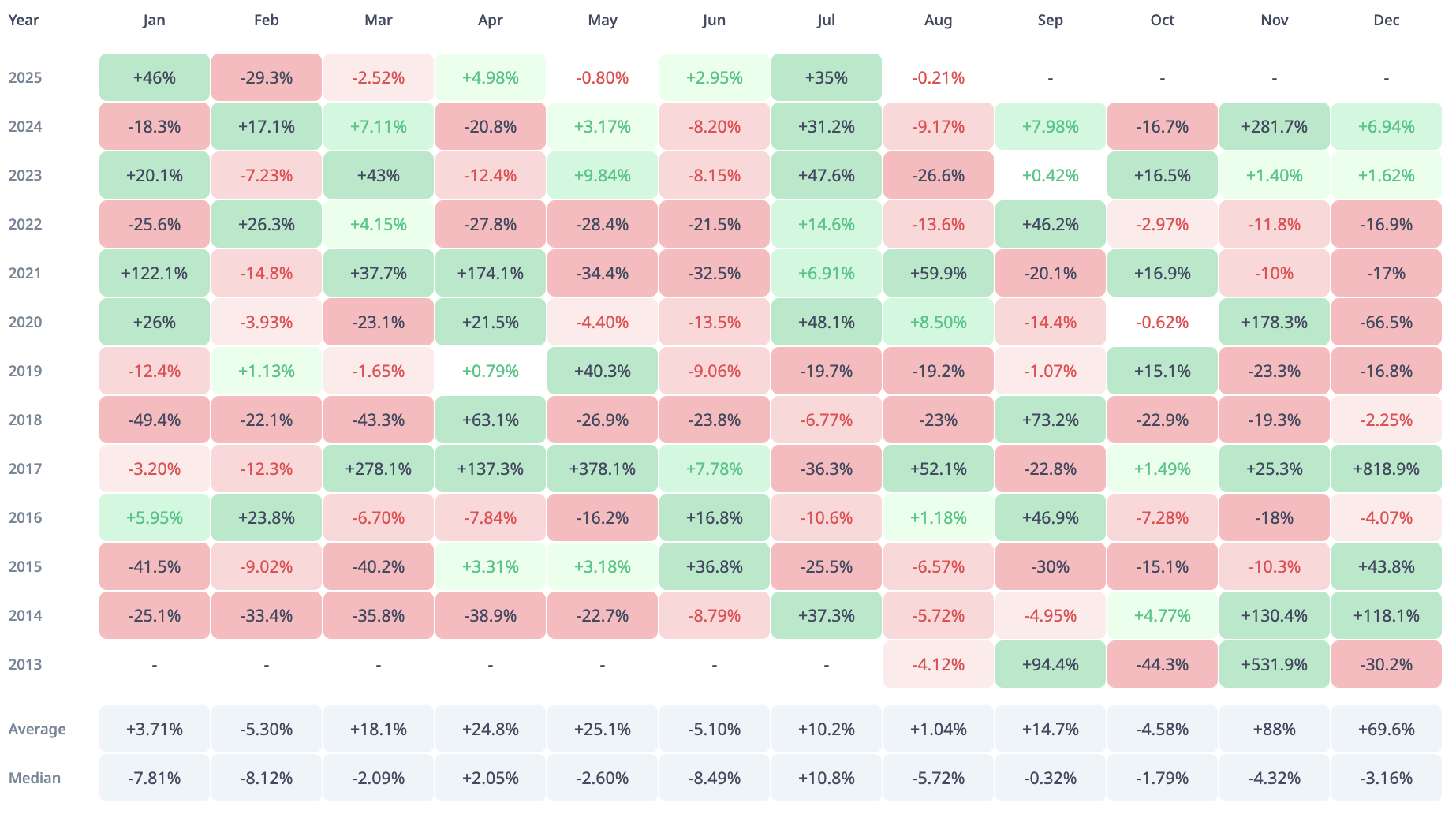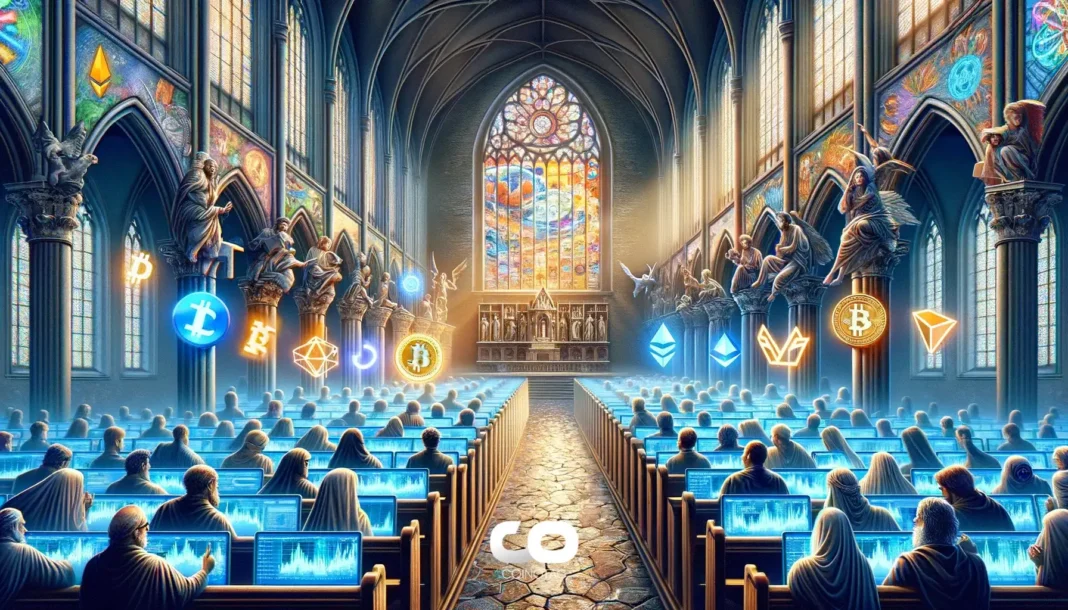'Ethereum is BACK': Ronin chain to transition into Layer 2 citing network security, scalability, and success
Quick Take Ethereum sidechain Ronin is migrating to become a full-fledged Ethereum Layer 2, according to developers Sky Mavis. The team cited the newly “lean, nimble, and responsive” Ethereum Foundation, “Wall Street’s attention and capital,” and technological improvements that make running an L2 “increasingly affordable” as motivation.

Ronin, the Ethereum sidechain custom-built for the Axie Infinity play-to-earn web3 game, is migrating to become a full-fledged Ethereum Layer 2, according to a recent announcement. As part of the move, the project hopes to expand its sights and also become the “gamification engine” for crypto.
“Four years ago, we built Ronin because Axie Infinity needed a faster, more efficient network. Ethereum was still early in its scaling roadmap. Necessity was the mother of our invention.” Ronin wrote in a blog . “However, things are different now. Ethereum is BACK. Transaction costs and speeds are better than ever. We’re early to a new era of growth, and Ronin is ready to rise.”
While there are examples of sidechains or other networks migrating to become a Layer 2, like Celo, formerly an independent Layer 1, it’s a relatively rare phenomenon. The relaunch is expected to happen in the first half of 2026.
Sky Mavis' motivations
The move comes amid a cross-current of trends, including reignited interest in Ethereum. The second-largest blockchain spent much of 2025 locked in a narrative war with Solana, a rival network that has captured users and attention from Ethereum, in part leading to community backlash against the Ethereum Foundation’s prioritization of L2s over scaling the mainchain.
It also comes amid rising competition, or potential competition, from companies looking to launch bespoke blockchains, like Circle’s Arc , Tether’s Stable , and Stripe’s Tempo .
However, ETH has rallied in recent weeks, largely due to Wall Street’s embrace of the network — which is home to the majority of stablecoins and real-world assets, and is the longest-operating and most secure smart contract chain that has never had downtime — as well as the success of Ethereum ETFs and the rise of Ethereum treasury companies.
In its announcement, Ronin points to Ethereum’s recent accomplishments, including a newly “lean, nimble, and responsive” Ethereum Foundation, “Wall Street’s attention and capital,” and technological improvements that make running an L2 “increasingly affordable.”
Layer 2 tech
“Leveraging Ethereum’s security will allow us to make Ronin’s tokenomics more effective,” the Sky Mavis team, which built Ronin and Axie Infinity, wrote. It is unclear if Ronin will use a tech stack like Arbitrum or Optimism to build its Layer 2. The blockchain has previously tapped Polygon's software development kit to allow game makers to build their own blockchains on the Ronin chain.
RON, down about 2.5% on the day , will be used as the native gas token. The team notes that Layer 2s pay “a small fee” for Ethereum data availability, used to verify rollup transactions on the base layer, that “is much less expensive than compensating validators with $RON in security rewards.”
According to the announcement, the new chain will be 12 times faster and feature a new Proof of Distribution tokenomics model designed to reward developers. The model will reallocate RON token staking rewards from “passive validators” to “active builders” based on the size of their total stake and a “Builder Score.” This score is modeled using onchain metrics like gas fees generated, treasury revenue, and TVL, as well as off-chain “mindshare.”
Prioritizing security
Since launching, Ronin has garnered 31 million wallet downloads, over four billion in NFT trading volume. The network supports several other web3 games other than Axie Infinity, which was one of the most popular games during the pandemic-era bull run.
Notably, Ronin suffered a $600 million exploit perpetrated by the North Korean state-sponsored Lazarus Group in March 2022, one of the largest hacks ever . The attackers reportedly took control over five of Ronin’s nine validators , raising concerns over the network's decentralization . Ronin also suffered a much smaller attack in August 2024.
Lazarus’ hack was a key component in the Department of Justice’s prosecution of Tornado Cash developer Roman Storm, who was tried on sanctions-related charges.
Disclaimer: The content of this article solely reflects the author's opinion and does not represent the platform in any capacity. This article is not intended to serve as a reference for making investment decisions.
You may also like
XRP Price Analysis: August’s Challenges and Potential for Recovery Above $3.14

Dogecoin (DOGE) Consolidation May Signal Potential 40% Price Move Amid Ongoing Market Developments

SEC Delays Key Crypto ETF Approvals Affecting Market Dynamics
In Brief SEC delays crypto ETF approvals, scrutinizing regulatory changes further until October 2025. Postponements affect various ETFs: Bitcoin, Ethereum, XRP, Litecoin, and others. Approval delays impact market expectations and institutional interest in crypto assets.

BTCS to Distribute Ethereum Dividends and Loyalty Rewards to Shareholders

